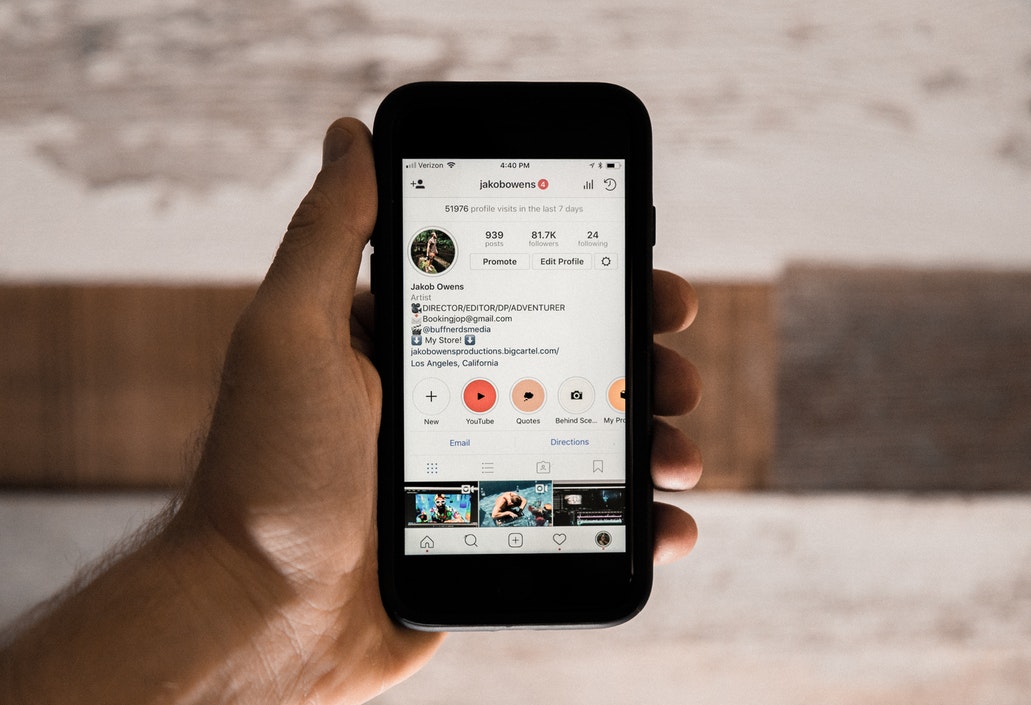Not all content marketing strategies wear capes – but they should

Posted by Bryan Arnott
September 28th, 2018
In the content marketing world, we all want to be the superhero. You know who I’m talking about. HubSpot, Salesforce and [insert any technology company with a household name].
They’re the SaaS marketing equivalent of Superman; everyone else is Clark Kent.
It’s easy to chalk down their success to the seemingly unlimited resources they have at their disposal (or superpowers, it’s your call), but they have a budget just like the rest of us.
No, these businesses are getting high-volume traffic, engaging with their readers and generating sales-qualified leads for a reason. They’re following the four Hs of content marketing to a T.
Hygiene, hub, hero and (super)hero.
Each represents a critical function in a well-thought-out content marketing strategy – without them, it’ll probably look similar to this.
Let’s run through why the first three Hs are so valuable, and why the fourth (the ‘super’ is silent) is indispensable to success in today’s marketing climate.
Hygiene: It’s good for your website (and SEO)
If you were to view a home that’s being showcased, you'd probably notice furniture or design elements that really stand out. It’s what you remember when you walk away.
Face the facts: No one ever went out of their way to say they simply adored the eggshell white colour of the walls.
But you can bet they’d notice if those walls were missing.
The same line of logic rings true for a business’ website. It can have all the bells and whistles, but if it doesn’t give the customer the information he or she is looking for – or if they can’t find the page through search engines – no one will remember the slick banner on the home page or the scroll reveal stylesheets.
Hygiene content makes your strategy tick. It tells people what your company does, the products or services it offers, why they’re valuable and answers any questions they have.
These are your landing pages, frequently asked questions, service reviews, guides, use cases and product videos.
Sounds simple enough, right?

It’s frightening how many companies overlook the value of hygiene content in their marketing strategy. In short, it’s the basic information we all look for from a business. If yours isn’t working, it’s either because you’re not covering a topic people are searching for, or you forgot the most important two words in that sentence.
Look for.
In other words, people need to be able to find it.
If your company calls its product a spanner but your competitors and customers call it a wrench, it’s time to stuff down that pride and outline what you're actually selling. The Google Search Engine Results Page (SERP) will thank you for it.
Run SEO and content audits on your hygiene content to make sure it’s working for you and identify where the gaps in information are. This is the part of your strategy that might take a lot of time to really get right in the short-term, but it will pay for itself over the long run.
Hub: Helping customers (and potential clients) achieve more
We’ve all seen the company blog that look like more of a shrine than a resource centre.
Sure, the business is creating content. I’m sure it’s even gotten a couple of clicks, too. But who is it helping more: The ego of the enterprise, or its customers?
Hub content provides your audience with regularly scheduled value through a consistent distribution of blogs, short videos, newsletters or graphics via a website, email or social media channels.

The goal is to take a creative approach to solving the most pertinent problems that customers face, keeping them in-tune with the latest industry news and sparking new conversations about emerging topics.
This is how content marketing campaigns truly engage with an audience, instead of only driving home the point that your product is great. It’s your team’s response to, “Don’t tell me about it, prove it.”
Hub content shouldn’t break your budget – it’s not designed to be resource intensive. If you’re creating assets on the right topics and themes though, then there’s a chance a piece goes viral. In any case, most of the content your team develops should be evergreen to maximise its value.
Hero: The loudest voice in a crowded room
Hygiene and hub content move the needle, but they won’t move it very far. They’re the foundation and building blocks to pull in and keep an audience; hero content is built to impress.
The assets should be aimed at a wide range of readers – from existing to potential customers and beyond – by taking an idea and applying a unique approach or view of it. While they’ll certainly tie into your products or services, they should be able to stand alone and contribute to a broader conversation.
Hero content can take the form of eBooks, whitepapers, infographics, slideshows, PowerPoint presentations, longform videos, interactive web pages or tools, curated social media campaigns – anything that allows you to show off your brand and the experience your team has in the industry.
The investment will be considerably more than that of website copy or a blog, and should be the pillar or cornerstone of a campaign with other content helping to drive its reach and visibility across a variety of channels.
Pairing hero content with live events is a great method of solidifying the points your sales people or technical experts are making to potential clients. Furthermore, they’re valuable in lead generation as they can be gated.

Superhero: Setting the conversation for the industry
And then there was the cape.
Content marketing isn’t getting any easier. The internet is flooded with blogs, eBooks and videos, and it’s likely that at least a couple of your competitors are mimicking parts of your strategy, and vice versa.
There’s nothing wrong with following the leader when it comes to adopting best practices, but superhero content gives businesses a chance to blaze their own trail by creating a conversation in its entirety.
These assets are a way for a business to establish itself as a true industry leader in a number of ways. One popular method that isn’t utilised enough is gathering and interpreting proprietary data, then sharing that data with the rest of the world via an annual or quarterly report.
Examples of companies doing this right now are HubSpot’s “State of Inbound” report, Salesforce’ “The State of Marketing” or RightScale’s “The State of the Cloud”. Each of the businesses leverage industry connections, their internal data and enterprise experts to provoke a discussion on a topic that’s important to their audiences.
Nearly every business wants to be seen as a thought leader in their field, but that becomes impossible when the discussion hinges on information that’s referenced from other companies in the industry. Other methods include a regular podcast show, a large-scale interactive campaign or live events.
Superhero content is the evolution of hero content, and it’s something that a content marketing team can hang its hat on.
Interested in creating a hygiene, hub, hero and superhero content marketing strategy?
We’re here to help! Our experienced content and lead generation professionals will give you exactly what you need to generate qualified leads and grow your business. Get in touch to find out more about our services.

Bryan Arnott

Previous Post
The Intercom effect: How to grow from $1-50 million Annual Recurring Revenue in 3 years
Next Post

Content is the secret sauce to success with account-based marketing
Subscribe Here
You may also like...
Nadia Reckmann | Aug 16, 2024
Nadia Reckmann | May 30, 2024
Nadia Reckmann | Nov 23, 2023





